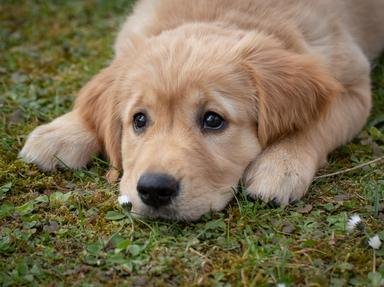Quiz Answer Key and Fun Facts
1. Not all greyhounds are 'grey'... It is believed that this prefix originates in the Anglo-Saxon or Middle English languages and means 'running'.
2. Greyhounds, especially here in the United Kingdom, are registered with the racing authorities almost as soon as they are whelped, and are predominantly bred for racing in England and Ireland. How would you identify a rescued or retired animal that was originally bred in Ireland?
3. What name is given to the unusual, but very attractive, colouring and patterning that makes a greyhound look catlike in appearance?
4. In 1014, which King, of Viking heritage and who famously attempted to stem an incoming tide, enacted the 'Forest Laws' thereby commanding that only members of the nobility were to be allowed to keep greyhounds?
5. You have just arrived home with your new hound and are about to take him out for his first walk around the local area. If you do nothing else, and from a British perspective, what is it that is of the utmost importance that you remember to fit to your animal before leaving the house?
6. When it comes to considering a collar for your new greyhound, what style of collar should be considered to ensure your dog's safety and comfort?
7. How might greyhound feeding requirements differ from those of most other breeds?
8. A great many greyhounds suffer with poor dental health in later life.
9. Greyhounds love to run, and run fast! An adult greyhound can accelerate to incredible speeds within as few as three strides from a standing start; more quickly, in fact, than a Porsche sports car can accelerate. What speed do you think the greyhound is capable of achieving for short bursts?
10. So, you love your greyhound to bits and are interested in learning more about its early life. Is it always possible to obtain a copy of their pedigree and racing history?
Source: Author
SisterSeagull
This quiz was reviewed by FunTrivia editor
Tizzabelle before going online.
Any errors found in FunTrivia content are routinely corrected through our feedback system.
